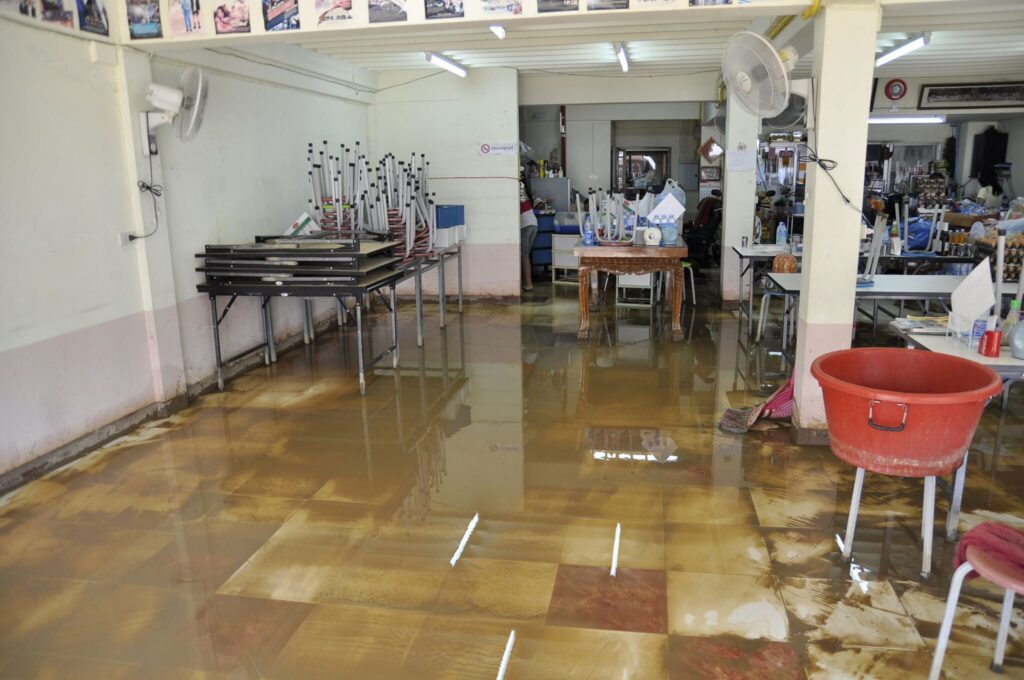If your home or business has ever flooded or sustained serious water damage, you know how crucial water damage restoration services are. These experts will help you through every step of the process from filing claims with your insurance company to making your space look good as new. To be properly prepared to deal with water damage if it happens, it’s important to know what water damage restoration contractors do. Learn everything you need to know about water repair services below.
What is Water Damage Restoration?
Water damage restoration is the process of drying and restoring a property that endured destruction from excess or unwanted water. The process seems relatively straight forward from an outsider’s perspective, but water damage restoration is actually a very complex and detailed process.
Water can often seep into the deepest layers of our home causing mildew, mold, and deterioration. So. Water damage restoration experts are often in charge of not only water mitigation and extraction, but debris removal, reconstruction, and mold removal and prevention.
What Does a Water Damage Restoration Company Do?
Step One: Water Mitigation
The first step to any water restoration service is water mitigation. Mitigation is the process of containing and extracting the excess water to prevent any further damage.
Step Two: Debris Removal
As we mentioned, water can seep into the sublayers of your home. So, water damage repair specialists must tear down any drywall or flooring that needs to be disposed of. This is done before drying out the area because it exposes the wall framing and subflooring that need to be dried to prevent structural damage.
Step Three: Drying the Space
The contractors will bring in dehumidifiers and air movers to ensure that the entire effected area is completely dry. This can sometimes take a few days.
Step 4: Mold Removal/Prevention
Mold can grow in damp areas in as little as 24 hours, so water damage restoration often involves applying antimicrobials to kill existing mold and prevent new growth from occurring.
Step 5: Restoration & Reconstruction
Not every item that has been damaged will be able to be saved, but all that can be saved will most likely be taken off site to be restored. This often includes textiles, electronics and more. Once the space is completely dried out, restoration contractors will rebuild the structures that needed to be removed and conduct any necessary wall or floor repair. They will also have any electrical and plumbing damages fixed at this time.
What Should I Do if my Home or Business Floods?
The first step to dealing with a flood is filing a claim with your insurance company. You can also ask for an advance payment to help cover restoration costs at this time. Then, contact a water damage restoration company immediately to begin the process of getting your building back to its original condition!

